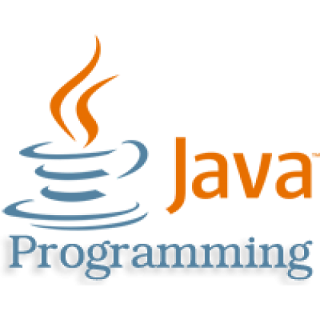Inside a class, we can access variables and call methods of the class directly by name. Here’s an example that expands on our Pendulum:
class Pendulum {
...
void resetEverything() {mass = 1.0;
length = 1.0;
cycles = 0;
...
float startingPosition = getPosition( 0.0 );
}
...
}
class TextBook {
...
void showPendulum() {
Pendulum bob = new Pendulum();
...
int i = bob.cycles;
bob.resetEverything();
bob.mass = 1.01;
...
}
...
}
class Pendulum {
...
private int cycles;
...
class TextBook {
...
void showPendulum() {
...
int i = bob.cycles; // Compile-time error












0 comments:
Post a Comment